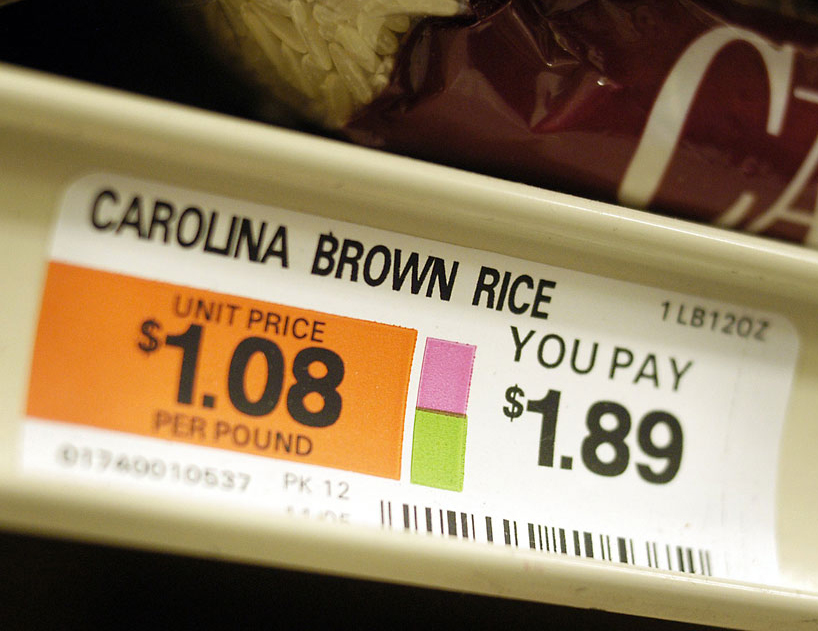Whether you’re a student, raising a family on a low-income budget, or just trying to make ends meet, choosing to buy vegan foods doesn’t mean you have to break the bank. While there may be a lingering misconception that eating vegan — or eating healthy for that matter — is expensive, this isn’t necessarily the case. Sure, you can splurge on savory mock meats and non-dairy cheeses that are readily available in grocery stores everywhere, but there are plenty of delicious and nutritious vegan options that allow you to eat vegan on a budget as well.
And we’re not talking about filling each day with bowls of vegan ramen noodles. Rather, it’s largely about focusing meals around healthy, whole foods. With a little planning and an awareness of advertising strategies used by food companies, you can discover how easy — and affordable — it is to transition to a more compassionate diet!
Go local. While many of us may not have the yard for a garden or the time to plant a community garden, local Community Supported Agriculture programs and farmer’s markets can be inexpensive options for finding fresh produce.
Avoid marketing tricks. Navigating a grocery store well, reading labels, and shopping sales are other cost-saving tactics. Ellen Jaffe Jones shares several strategies in her book Eat Vegan on $4 a Day where she writes: “Since consumers tend to purchase items that are at eye level, the most expensive foods are often displayed at this height so they can be easily located. Look at the top and bottom shelves for better bargains.”
Read store labels closely. We all know this is where vegan excel, but we’re talking about reading ingredients labels. Check out grocery store price labels that compare each item’s cost per unit. Oftentimes it will be a reflection of cost per ounce. This can guide cost-saving decisions when comparing different brands of the same food product, choosing between item sizes, or deciding if a sale product is worth getting.
Use frozen vegetables. With produce, stocking up on frozen vegetables when they are on sale can also save money — and time. Frozen veggies are always nice to have around for whipping up a good vegetable stir fry during the week.
Eat out less. The more meals you can prepare at home, the better. Fast food is not cheap — and it comes at a higher cost to your health. While it might be challenging to cook meals during the work week, preparing items ahead of time on a weekend for the week may help significantly. Why take the time to make single portions when you can save a second portion for another meal or for tomorrow’s lunch?
Interested in more money-saving tips and meal ideas? Check out the budget ideas page on TryVeg.com.


Comments 1
Pingback: Oppurtunity Cost | VeVolve